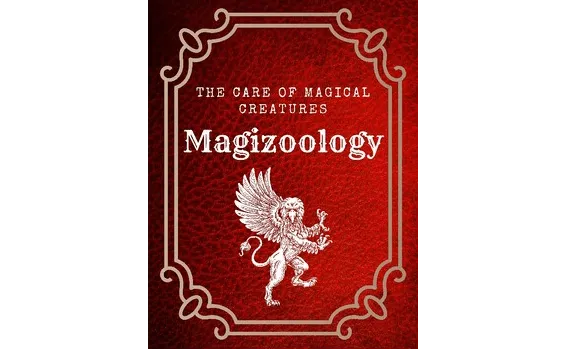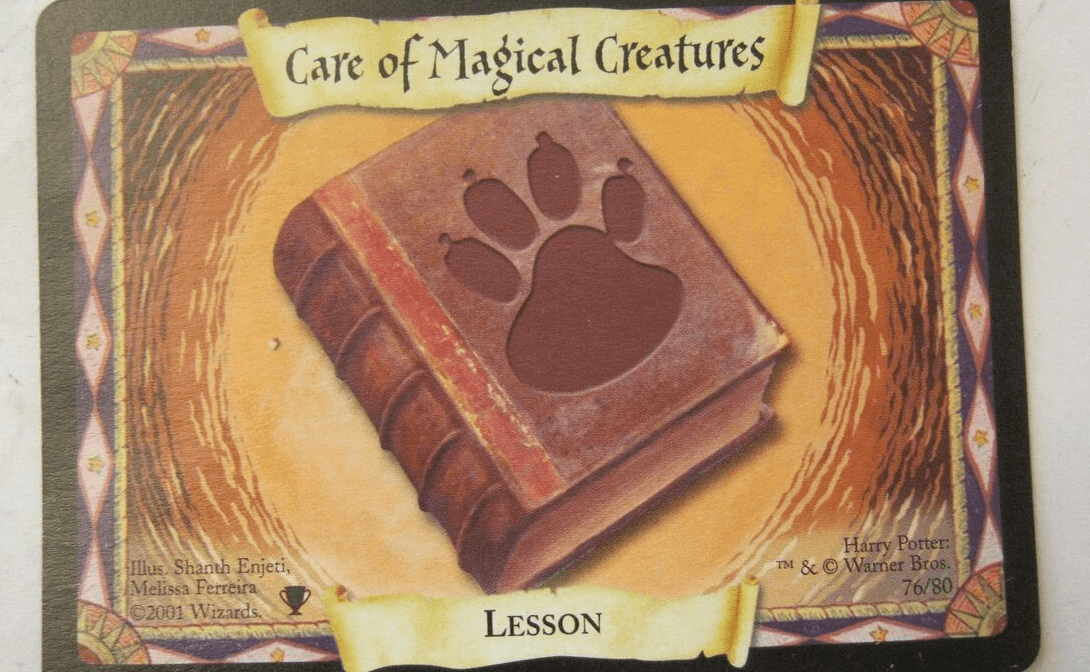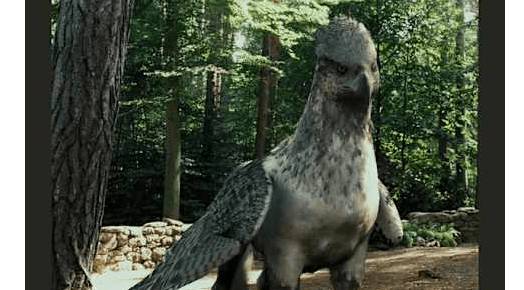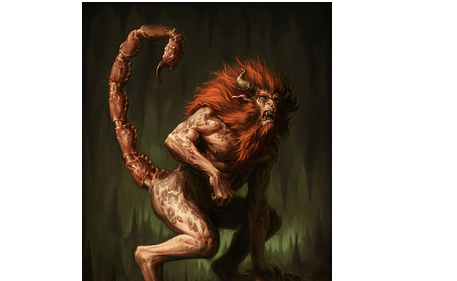Magical Creature Care 101

COMC Introduction
Magical creatures require special care and attention to thrive in their environment. Whether it's a unicorn, dragon, or phoenix, understanding their unique needs is crucial for their well-being. Proper nutrition, shelter, and regular exercise are essential for their physical health.
In addition to physical care, magical creatures also require emotional and magical stimulation. They often have different sensitivities and connections to the magical realm, so providing them with opportunities to express their innate abilities and interact with other magical beings is important.
It's important to remember that each magical creature is unique, and their care requirements may vary. Consulting experts and doing thorough research on specific species is vital to ensure their happiness and longevity. Building a strong bond of trust and respect with your magical creature is also crucial for a harmonious relationship.
Overall, caring for magical creatures is a rewarding and magical experience. By providing them with the love, respect, and attention they deserve, you can foster a strong and positive connection with these extraordinary beings.
History of Magical creatures and their classifications
Magical creatures have long been a fascinating aspect of the wizarding world. From the majestic unicorns to the mischievous pixies, these creatures have captured the imaginations of witches and wizards for centuries. In this chapter, we will explore the rich history of magical creatures and delve into their classifications within the wizarding world.


Chapter 1
Origins of Magical Creatures
Magical creatures have existed alongside wizards and witches since ancient times. The origins of these creatures are shrouded in mystery, with some believing that they were created by powerful magical beings while others argue that they have always existed in parallel to the magical world. Regardless of their origins, magical creatures have played an integral role in wizarding culture throughout history.
It is believed that the first recorded encounters with magical creatures occurred in ancient Egypt, where hieroglyphs depict encounters with creatures such as sphinxes and phoenixes. As wizarding societies developed in different regions of the world, so did the diversity of magical creatures. The classification of these creatures became necessary for studying and understanding their unique characteristics.
Creature Classifications
The classification system of magical creatures was first established by the renowned magizoologist, Newt Scamander, in his seminal work, "Fantastic Beasts and Where to Find Them." Scamander categorized magical creatures based on their behavior, magical abilities, and physical characteristics. This classification system became widely accepted and continues to be the standard reference for wizards and witches studying magical creatures.
The classification system is organized into several categories, including beasts, beings, spirits, and non-beings. Beasts refer to creatures that are not capable of human speech and often exhibit wild or untamed behavior. Beings, on the other hand, are creatures capable of human speech and have the ability to reason. Spirits are ethereal beings that exist in a realm between the magical and physical worlds. Non-beings encompass creatures that do not truly exist but are created through magical means, such as animated objects or illusions.


Historical Significance of Magical Creatures
Magical creatures have played a significant role in the history of the wizarding world. They have been featured in ancient folklore, mythologies, and even in the founding of magical schools. Throughout history, the study and interaction with magical creatures have shaped wizarding societies and contributed to the advancement of magical knowledge. Mythological creatures have also been a source of inspiration and awe for wizards and witches throughout history. These creatures, often depicted in ancient texts and artwork, have been the subject of various legends and tales. From the majestic dragons to the elusive merpeople, mythological creatures have captured the imagination of both magical and non-magical communities alike.
These creatures have often served as symbols of power, wisdom, and strength in various cultures. In some cases, they have been worshipped as deities or feared as harbingers of destruction. The study of mythological creatures has provided valuable insights into ancient magical practices and beliefs, and their influence continues to resonate in modern wizarding society.

Chapter 1
Magical Creaturesand theirClassifications
X - Boring
Flobberworm
Horklump
XX- Harmless
XXX- Competent wizard should cope
Ashwinder
Billywig
Bundimun
Crup
Doxy
Dugbog
Fire Crab
Fwooper
Glumbumble
Hippocampus
Hippogriff
Jarvey
Knarl
Kneazle
Leprechaun
Lobalug
Mackled Malaclaw
Moke
Murtlap
Niffler
Nogtail
Pixie
Plimpy
Pogrebin
Red Cap
Salamander
Sea Serpent
Shrake
Streeler
XXXX- Dangerous / requires specialist knowledge / skilled wizard may handle
Centaur
Demiguise
Erkling
Erumpent
Graphorn
Griffin
Kappa
Kelpie
Merpeople
Occamy
Phoenix
Re'em
Runespoor
Snidget
Sphinx
Tebo
Thestral
Troll
Unicorn
Yeti
XXXX- Known wizard killer
Acromantula
Basilisk
Chimaera
Dragon
Lethifold
Manticore
Nundu
Quintaped
Werewolf
